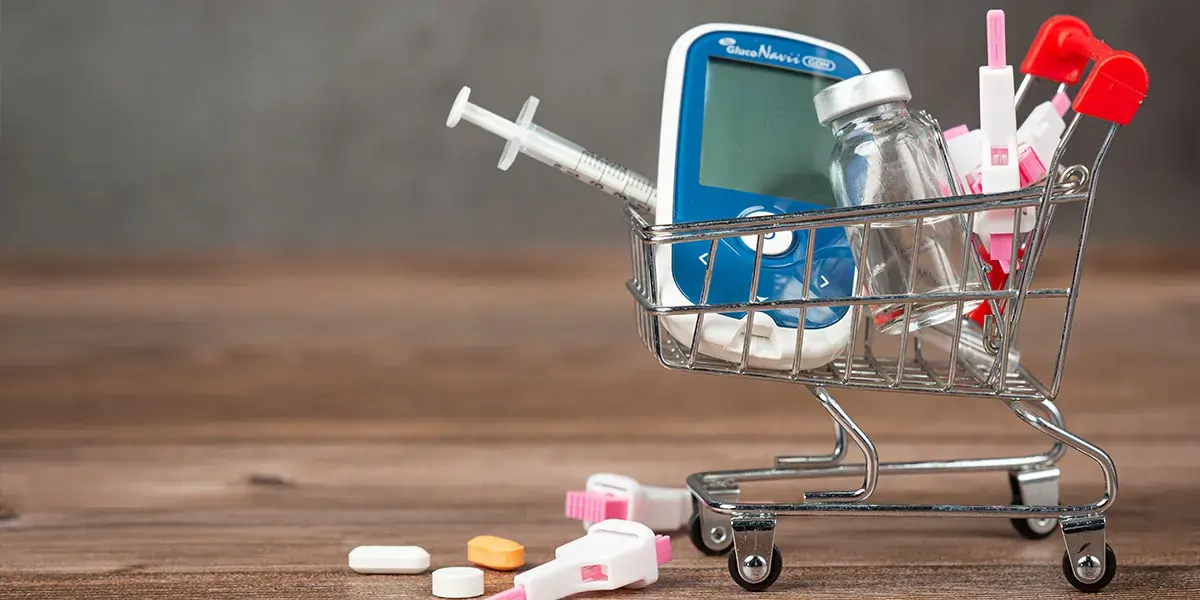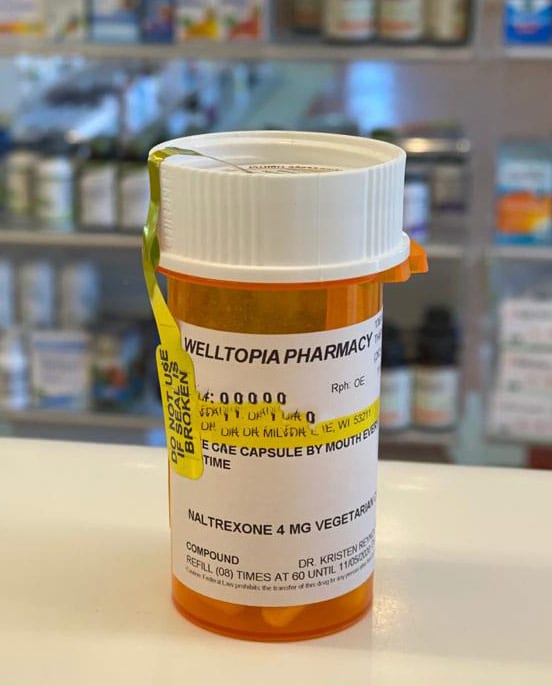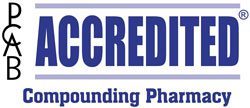Topical Metformin: A New Era in Diabetes Care
Understanding Diabetes: Types and Prevalence
Diabetes, a chronic condition affecting millions worldwide, is a disease in which the body is unable to produce or use and store glucose. Diabetes comes in different forms. Type 1 diabetes is an autoimmune condition where the body does not produce insulin, while type 2 diabetes occurs when the body becomes resistant to insulin or does not produce enough of it.
According to statistics, diabetes is a prevalent and growing concern among adults and seniors, with the number of cases steadily rising. An estimated 34.1 million adults (10.5%) in the United States have diabetes. Of those, 25.8 million have diagnosed diabetes, and 8.3 million have undiagnosed diabetes.
In 2021, an estimated 463 million adults (aged 18-64), representing 9.9%, were living with diabetes worldwide. While, there are 284 million seniors (aged 65+), representing 15.2%, were living with diabetes worldwide. The number of people with diabetes is expected to increase to 643 million by 2030.
Metformin: A Key Player in Diabetes Management
Metformin was first approved by the U.S. Food and Drug Administration (FDA) in 1994 for the treatment of type 2 diabetes. Metformin has long been recognized as a cornerstone in the management of type 2 diabetes. Metformin is available in immediate-release and extended-release tablets.
Immediate-release tablets dissolve quickly in the stomach and are absorbed into the bloodstream. Extended-release tablets release the medication slowly over time, which can help to reduce side effects such as stomach upset. Metformin is a first-line medication for the treatment of type 2 diabetes. It is a biguanide, which means that it works by lowering the production of glucose in the liver and by increasing the body’s sensitivity to insulin.
Metformin is effective at lowering blood sugar levels and reducing the risk of complications from diabetes, such as heart disease, stroke, and kidney disease. Metformin has been used for treatment of polycystic ovaries, and for weight gain due to medications.
Dosage and Side Effects of Oral Metformin
The standard dosing guidelines for metformin vary depending on the age, weight, and kidney function of the individual. The typical starting dose for adults is 500 mg taken twice a day with meals and gradually increasing it as tolerated to achieve optimal blood sugar control with maximum 2000 mg per day.
Common side effects of oral metformin may include gastrointestinal discomfort, such as nausea, diarrhea, and abdominal pain. However, these side effects may be severe enough to discontinue therapy in one out of every 20 patients.
Innovative Topical Application of Metformin
For patients struggling with diabetes and the unpleasant side effects of oral metformin, a beacon of hope shines brightly in the form of topical metformin. This innovative delivery method utilizes a permeation enhancing base, transforming metformin into a skin-friendly solution that effectively bypasses the gastrointestinal system, the primary culprit behind the drug’s unpleasant side effects.
Permeation enhancers are substances that can increase the ability of a drug to penetrate the skin. When applied topically, metformin can be absorbed through the skin and into the bloodstream, bypassing the GI tract and potentially reducing side effects.
The Efficacy of Metformin in Topical Form
Paving the way for a more tolerable and effective treatment journey, topical metformin offers a game-changing alternative for those who find oral administration challenging or unable to swallow large tablets. Research has demonstrated that topical metformin can significantly reduce the required dosage by up to 90%, minimizing potential side effects without compromising its effectiveness.
Studies have shown that topical application of metformin with a permeation enhancer can increase the absorption of metformin into the bloodstream and improve blood sugar control with much lower dose.
At the forefront of this revolutionary advancement is PCCA Formula #10871, a meticulously crafted 10% formula (100 mg/Gm) that incorporates Metformin HCl 10% Topical Lipoderm® (FormulaPlus™ BUD Study). This groundbreaking formulation harnesses the power of Lipoderm®, a proprietary vehicle specifically designed to enhance the skin’s absorption of medication.
With topical metformin, patients can bid farewell to the gastrointestinal discomforts associated with oral metformin and embrace a gentler, more effective approach to diabetes management. This breakthrough represents a significant step forward in the pursuit of personalized and patient-centric treatment options.
Clinical Considerations and Recommendations
When considering topical metformin as part of a diabetes management plan, it is crucial to balance the use of oral and topical medications. Healthcare providers play an essential role in assessing a patient’s individual needs, monitoring glucose control, and addressing any concerns or questions regarding treatment options.
When transitioning from oral metformin to topical metformin using a permeation enhancing base, it is crucial to adjust the dosage appropriately. Since topical metformin exhibits enhanced absorption through the skin, a lower dose is typically sufficient to achieve the desired therapeutic effect.
Transitioning from oral metformin to topical application should be undertaken with guidance from a healthcare professional to ensure a smooth and effective transition.
For instance, if a patient was previously taking one 500 mg tablet of oral metformin twice daily, the equivalent topical metformin dose would be 0.5 grams of a 10% metformin topical formulation applied twice daily to thin skin using PCCA Formula #10871. This represents a 90% reduction in the overall metformin dosage.
The significant reduction in dosage stems from the enhanced bioavailability of topical metformin compared to its oral counterpart. When applied topically, metformin penetrates the skin more efficiently, allowing a greater proportion of the drug to enter the bloodstream and exert its therapeutic effect.
A Focused Look at Topical Metformin for Optimized A1C and Blood Sugar Control
There are specific cases where topical metformin may be particularly beneficial. For individuals with chronic wounds, such as diabetic foot ulcers, the targeted application of metformin may help facilitate the healing process.
Additionally, individuals with skin conditions associated with diabetes, such as acanthosis nigricans, may benefit from the localized effects of topical metformin.
It is essential for individuals with diabetes to work closely with their healthcare providers to develop personalized treatment plans. Depending on the severity and progression of the disease, a combination of oral and topical metformin may be recommended. Regular monitoring of blood sugar levels, A1C levels, and overall health is vital to ensure optimal diabetes management.
In conclusion, topical metformin offers a novel approach to diabetes management, particularly for individuals who experience adverse side effects from oral metformin or have specific localized concerns.
By working in conjunction with healthcare providers, patients can explore the potential benefits of topical metformin and develop personalized treatment plans. As research continues to unfold, topical metformin may become an invaluable tool in optimizing A1C levels, blood sugar control, and overall well-being for individuals living with diabetes.
FAQs:
What is Topical Metformin and How Does It Work?
Topical Metformin is a form of the diabetes medication Metformin that is applied to the skin. Using a permeation enhancing base, it is absorbed through the skin into the bloodstream, bypassing the gastrointestinal system. This method aims to reduce common side effects associated with oral Metformin.
What are the Benefits of Using Topical Metformin for Diabetes?
The primary benefits include reduced gastrointestinal discomfort, potentially lower dosage requirements, and improved convenience for those who have difficulty swallowing pills. It’s also beneficial for targeted treatment in specific conditions like diabetic foot ulcers.
How is Topical Metformin Different from Oral Metformin?
Unlike oral Metformin, which is ingested and processed through the gastrointestinal tract, topical Metformin is applied directly to the skin. This allows for direct absorption into the bloodstream, potentially reducing systemic side effects and the required dosage.
Who Should Consider Using Topical Metformin?
It’s suitable for individuals experiencing significant side effects from oral Metformin, those with difficulties in swallowing large tablets, or patients with specific skin conditions related to diabetes. However, it should only be used under medical supervision.
Are There Any Special Considerations When Transitioning from Oral to Topical Metformin?
Yes, transitioning to topical Metformin should be done with medical guidance. Dosage adjustments are necessary since the absorption through the skin is more efficient, often requiring a lower dose to achieve the same therapeutic effect as the oral form. Regular monitoring by healthcare providers is crucial.
References
- CDC – General Information – 2011 National Diabetes Fact Sheet – Publications – Diabetes DDT. (n.d.). Centers for Disease Control and Prevention. Retrieved January 30, 2012
- David, R & Leslie, G. (2003). Genetic counselling in diabetes mellitus, in Pickup J.C and Williams G (ed.) Textbook of Diabetes, 3rd edition Oxford: Blackwell Science
- Spero, David. Metformin without the Misery. Diabetes SelfManagement Blog.Retrieved January 23, 2014
- Allena RT, Yadav HKS, Sandina S, Prasad MSC. Preparation and Evaluation of Transdermal Patches of Metformin Hydrochloride Using Natural Polymer for Sustained Release. International Journal of Pharmacy and Pharmaceutical Sciences. 2012 Apr. Vol 4, Suppl 3, 297-302.
- FDA Prescribing Information: Glucophage® and Glucophage XR®. Retrieved January 23, 2014
- Topical Metformin Using a Permeation Enhancing Base and Diabetes











